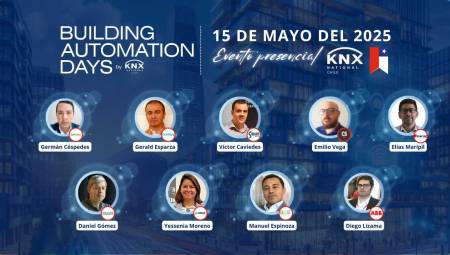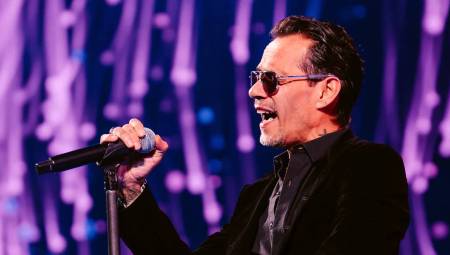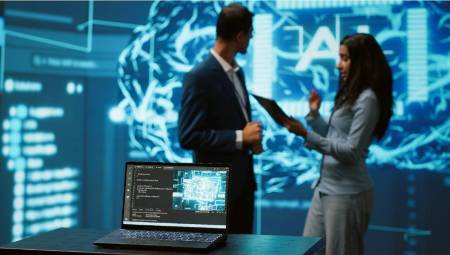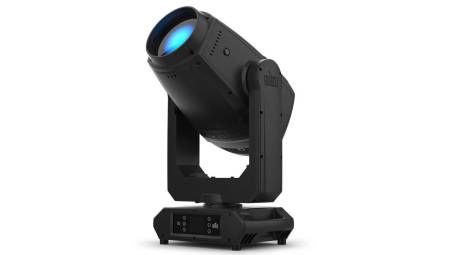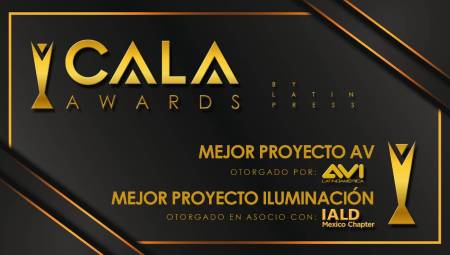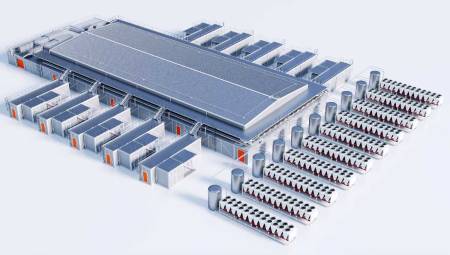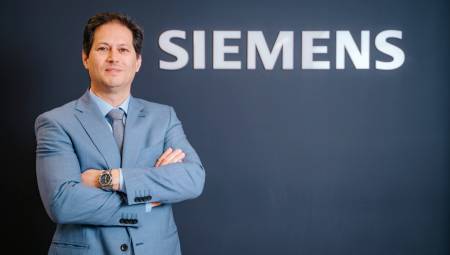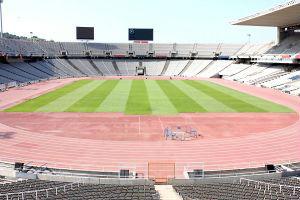 The realization of international sporting events, the need to offer greater value to advertisers and the search for innovation, are some of the reasons for stadiums and coliseums to seek to implement the best audiovisual technology.
The realization of international sporting events, the need to offer greater value to advertisers and the search for innovation, are some of the reasons for stadiums and coliseums to seek to implement the best audiovisual technology.
By Alejandra García Vélez
Ensuring that spectators will be able to enjoy a good image when they need it, is the main objective of a team installed within a sports scenario, especially since this type of public seeks to see closely the details of what happens on the playing field.
The transmission of information and the display of advertisements are also part of the functions that audiovisual equipment can fulfill in facilities of this type. In any case it is essential to guarantee an adequate visual distance for users.
To achieve the above, size and distance are the two most important elements to take into account, because according to these two parameters the resolution that the screen must have will be chosen to guarantee a satisfactory viewing experience.
For every occasion
It is possible to use screens of different types and resolutions depending on the application that is going to be given to them; in that sense, choosing the right equipment saves costs and ensures maximum use of existing resources.
For example, marker-type LED displays are intended to display numerical information; the ribbon type is usually used on the second level of the stands to display logos and advertising in medium resolution; fixed installation LED screens are located at the top of the stage to display live video; while the perimeters are present at court level.
Regardless of the type of screen used, there are some general factors to take into account when carrying out the project, since the optimal operation of the equipment depends on its compliance. Engineer Alfredo Olivares, general manager of RGB Tronics, highlighted some of these parameters.
First of all, it is essential to ensure that the surface or support area of the screen has enough resistance to support the total weight that it will exert, including its fixing structure.
Previously, the support structure for the screen must be defined, taking into account that it must be evaluated if a foundation is needed, in the same way it is necessary to carry out a wind study, if the equipment is going to be installed more than four meters and analyze the surface to make curvatures to the cabinets when necessary.
It should also be checked that the electrical installation is prepared for the total operating power that the screens will require and, if not, make the relevant modifications. "It is very important that the electrical connection has a box of fuses, which must be calculated based on the maximum consumption of amperes required by the screen as it is operating at 100% of its total brightness," explained Olivares.
In addition, he stressed the importance of installing thermo-magnetic switches, having a good ground pole and making sure that the voltage supplied is regulated to avoid malfunctions in the screens.
Finally, we must also bear in mind the video processing system to be used and the type of connection (UTP CAT5, fiber optics, 3G, wireless routers, etc.) most appropriate according to the needs of the enclosure.
The challenge
Although image quality and spectator satisfaction is the most important thing when conducting a project on a sports stage, those who enjoy from the comfort of their home should also be taken into account.
It is common for this type of event to be recorded or broadcast live on television, so the screens must have a refresh rate (Hz) high enough to allow it not to appear in the recordings with sweeps or black marks on the image, explained Andrés Lescano, managing director of LED S.A.
Lescano also stressed the importance of making an appropriate choice of devices: "it is common for budget issues to acquire low-resolution or small-size equipment, which is reflected in a poor image."
For his part, Alonso González, manager of AOC Peru, pointed to the design and location of the control room as another determining factor for this type of scenario. He especially pointed out the importance of allowing eye contact between the controller of the system and the screens, so that any errors can be detected immediately.
He also recalled that the most common is to use LED modules, which are joined to each other to assemble the screen according to the size needed, so the union between the modules must be checked very well to ensure that the image is uniform and there are no defects in the joining points.
Technology and market
The functionality of the screens in the stadiums is reflected in their usefulness for spectators, but also in their implementation as advertising platforms. "The migration from static advertising to digital signage is reaching all sectors and sport is definitely very attractive for brands," said González.
The guest stressed that the possibilities of current technology, both in the quality of the equipment and in the advances at the software level, which allow the applications and functionalities of these equipment to increase every day.
In conclusion, the use of these systems will continue to grow, especially since they offer added value, both for the companies that decide to install them and for the viewers who enjoy them.
In practice
Football stadium
AOC Peru was the company in charge of modernizing the stadium of Club Alianza Lima. Alonso González shared some details of the process.
Objective: The client sought to be the first team in the country to have this type of screens in its stadium, while hoping to provide a better advertising offer.
Equipment: A giant screen of 25 m2 in P16 resolution and a linear advertising banner of 100 meters were installed.
Installation: A frame-type metal structure was assembled, in which the modules were assembled to form the 25 m2 screen. In the case of the advertising banner the process was simpler, by going over the field a base was simply made that allowed to keep the modules level and joined with an anchoring system.
Difficulties: As the stadium was not designed to have this type of equipment, it was necessary to look for strategies to bring energy to the screens and achieve a correct distribution of the video signal. An external wiring was carried out, for which there was the advice of an engineer with knowledge of the electrical plans of the stadium and its capabilities in terms of energy support.
Another complex point was the assembly of the screens, because the shape of the stands made the scaffolding complicated. Cranes were used to solve this difficulty.
Baseball stadium
RGB Tronics also shared details of one of its facilities. In this case, Alfredo Olivares spoke about the company's work at the Tomas Oroz Gaytán baseball stadium in Ciudad Obregón, Sonora.
Objective: Remodeling of the stadium in which a color LED electronic screen was included to broadcast live videos in high resolution. The client wanted to have a greater advertising impact for their sponsors and show technological innovation to viewers.
Equipment: ELECTRONIC LED screen of 7.68 meters long by 4.32 meters high and pixel pitch (resolution) of 20mm real. The display was formed with 54 cabinets 1,280 mm wide by 480 mm high.
Installation: Due to the total weight of the screen (2,500 kg) and its structure, added to the height to be reached, it was necessary to carry out a completely new foundation work in which shoes, posts and structure were incorporated for the fastening of the equipment.
As the device had a consumption of 500 watts per square meter and a maximum power consumption of 900 watts per square meter, a voltage regulator was used, loads were balanced by connecting in a two-phase and three-phase way, and an optimal cable gauge was selected for the total power consumption.
For the connection, a UTP CAT6 cable system was used, which is useful for distances not exceeding 300 meters between the screen and the control system.
To carry out the assembly in a simpler way, a disassembleable structure was used in such a way that the screen was assembled at floor level on a prefabricated steel structure, and in this it was raised to incorporate the cabinets.





